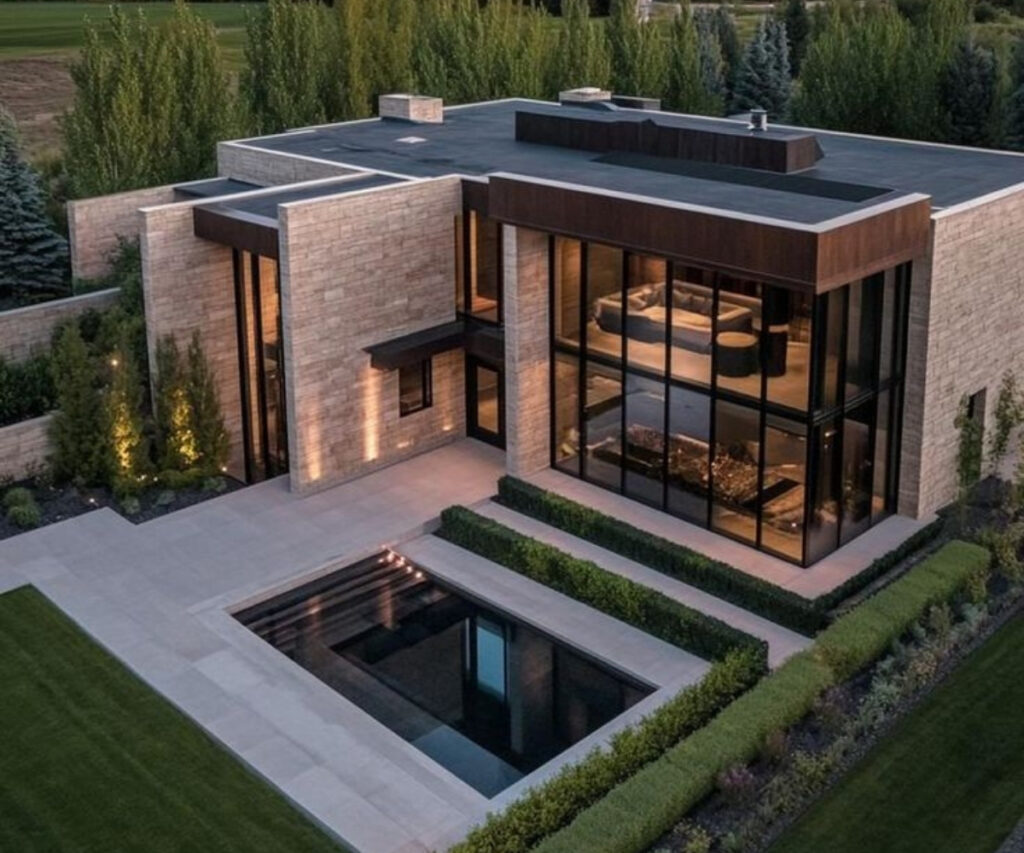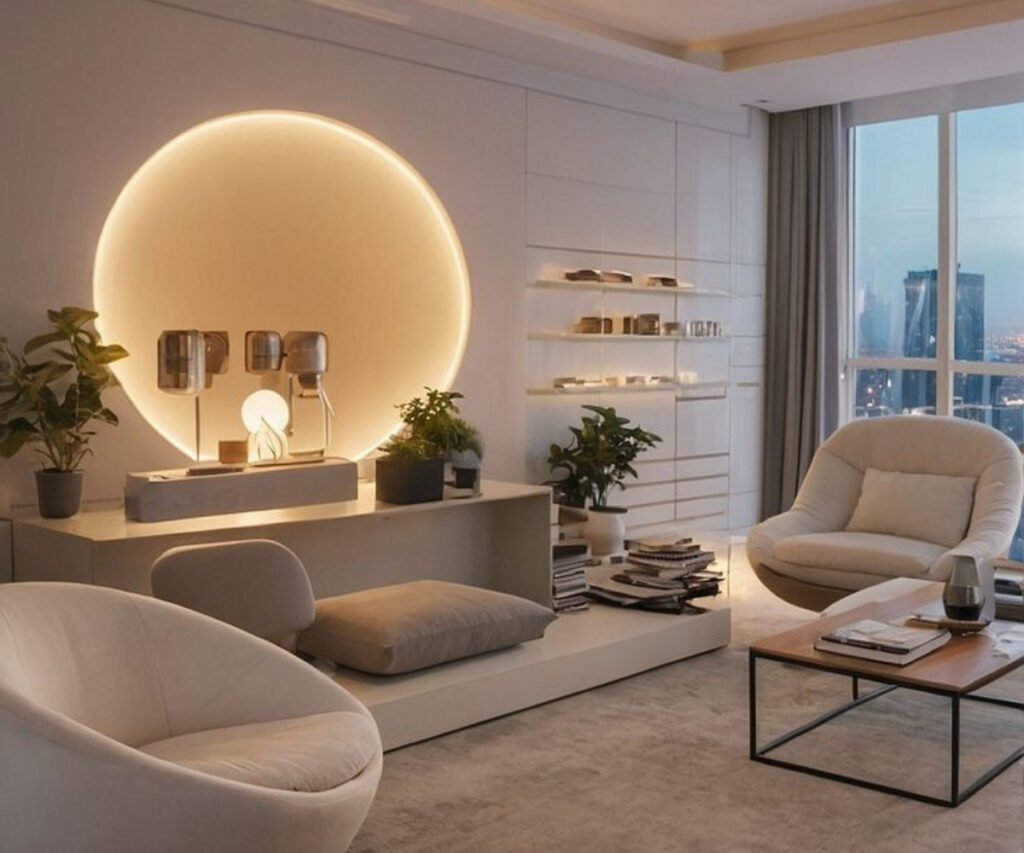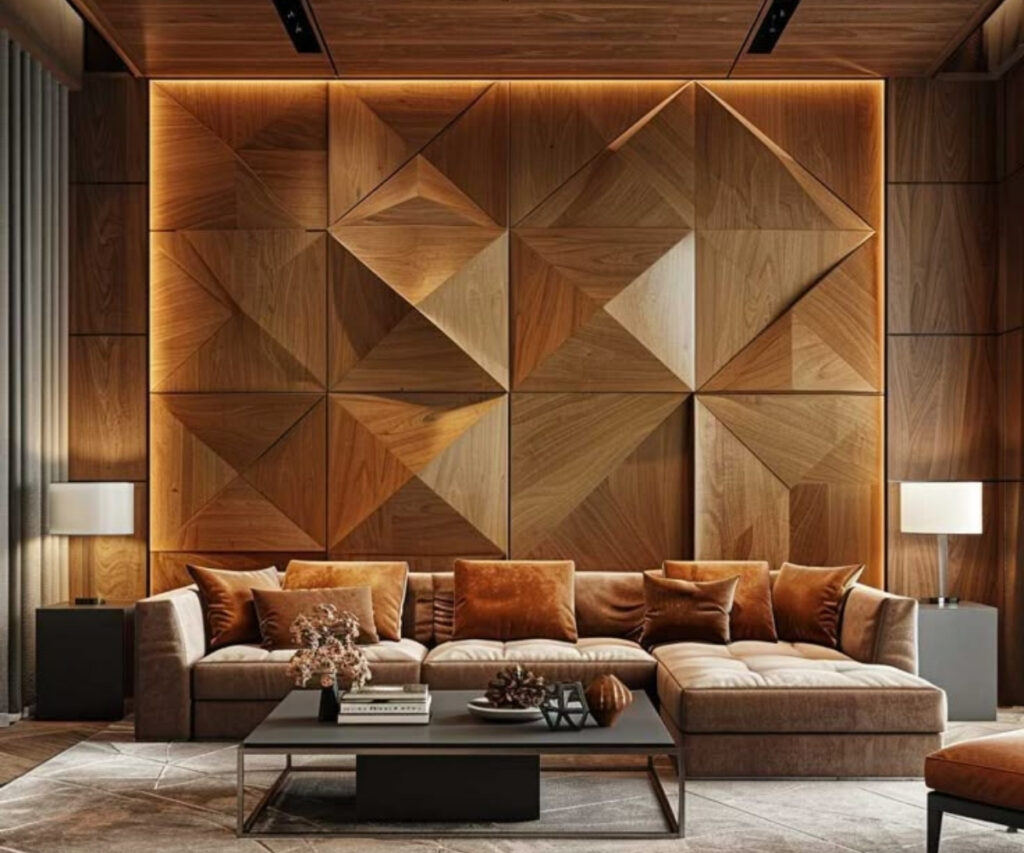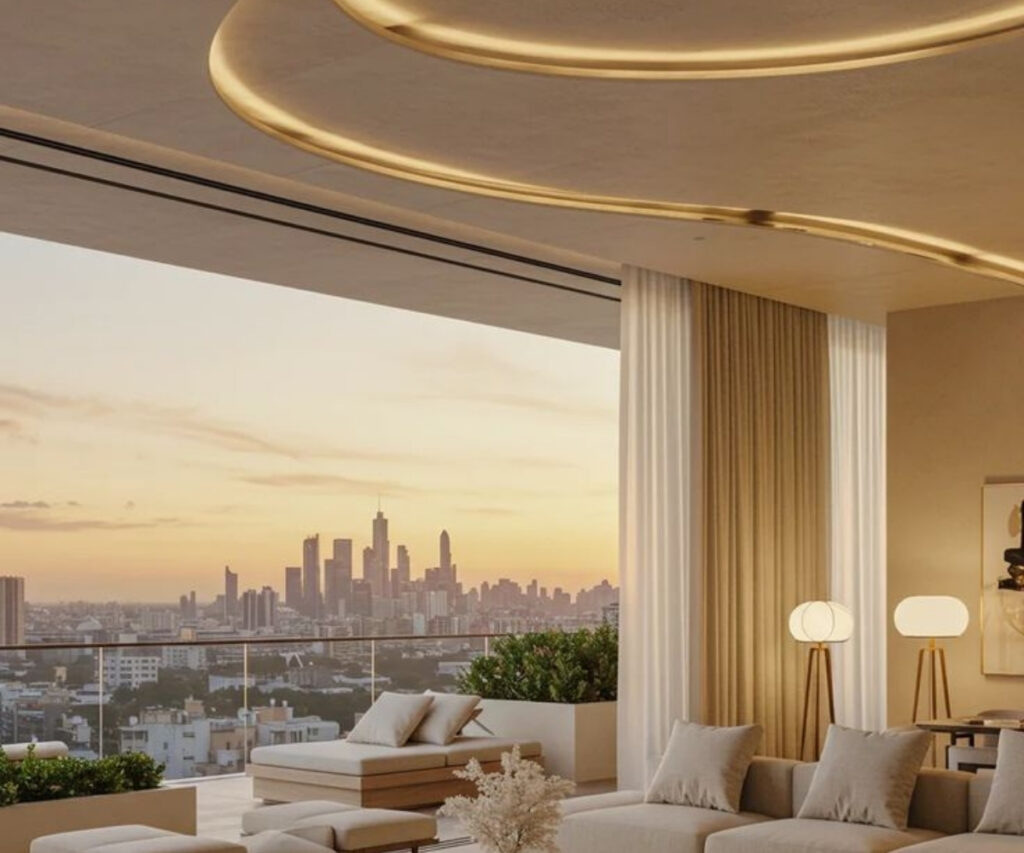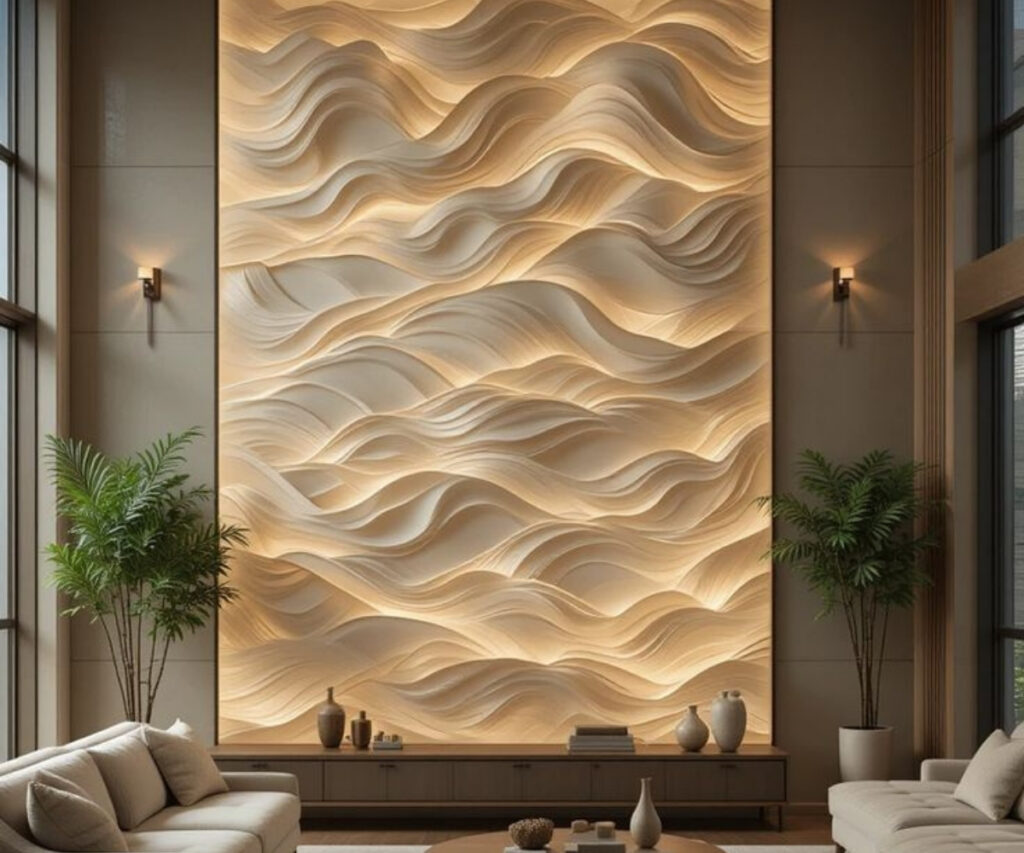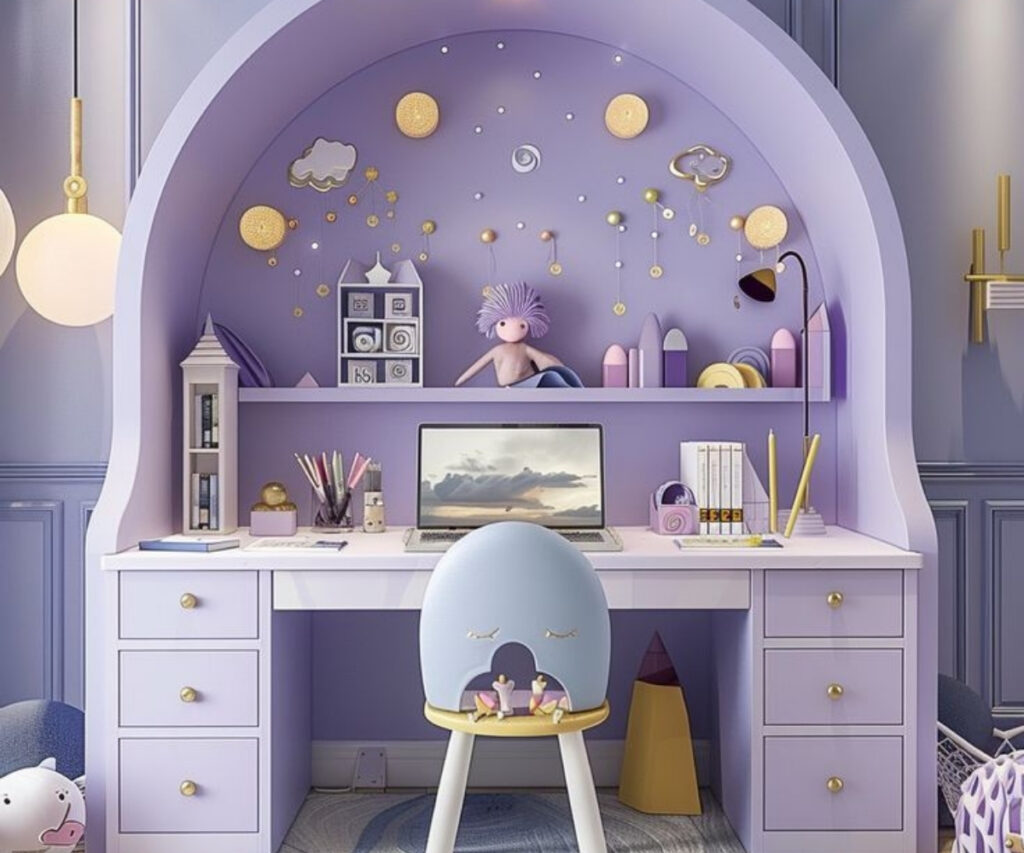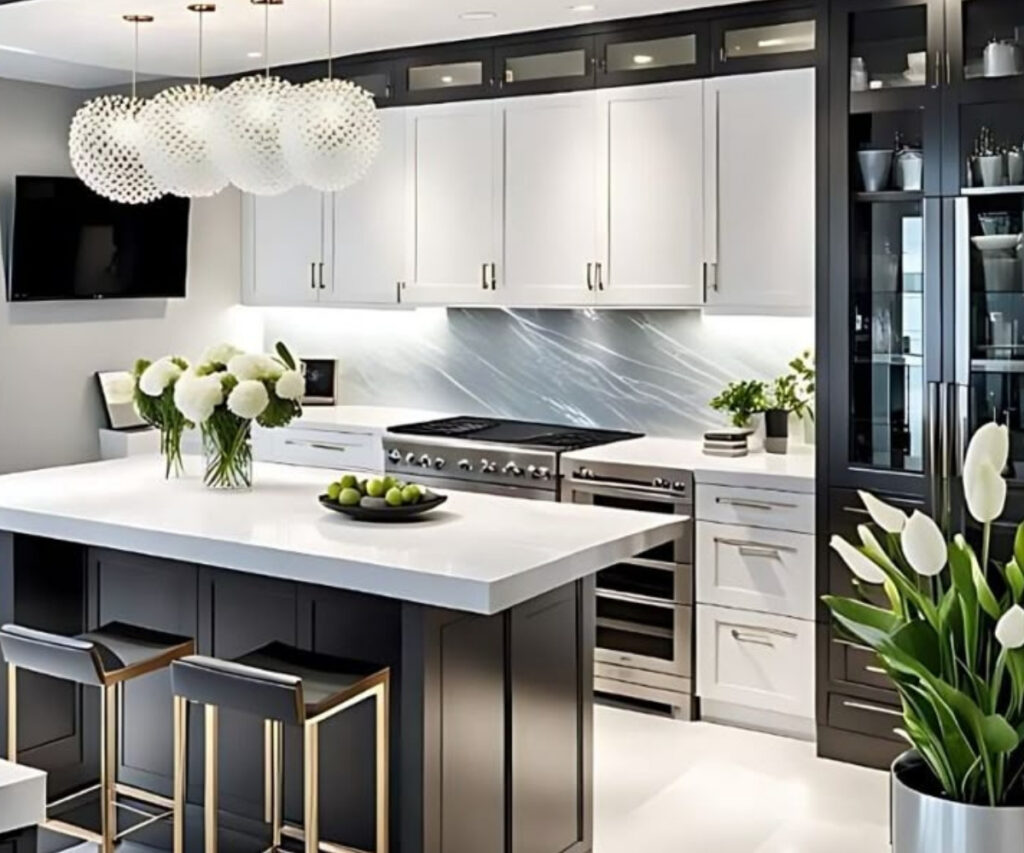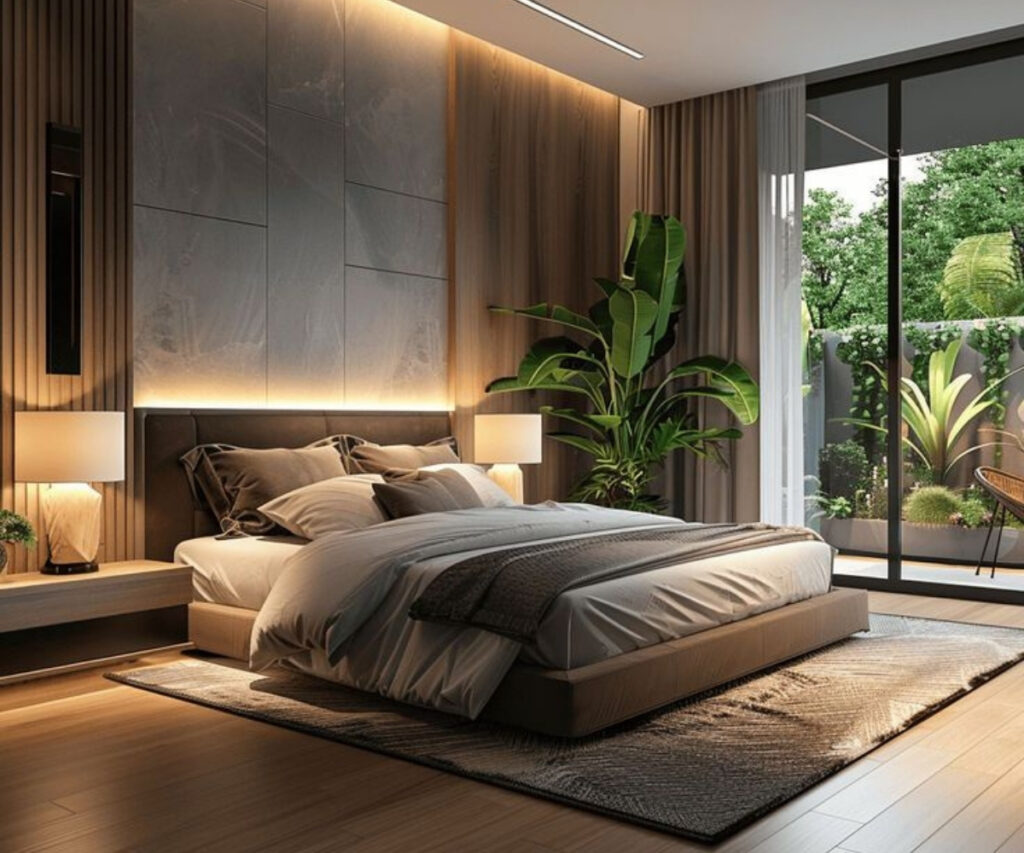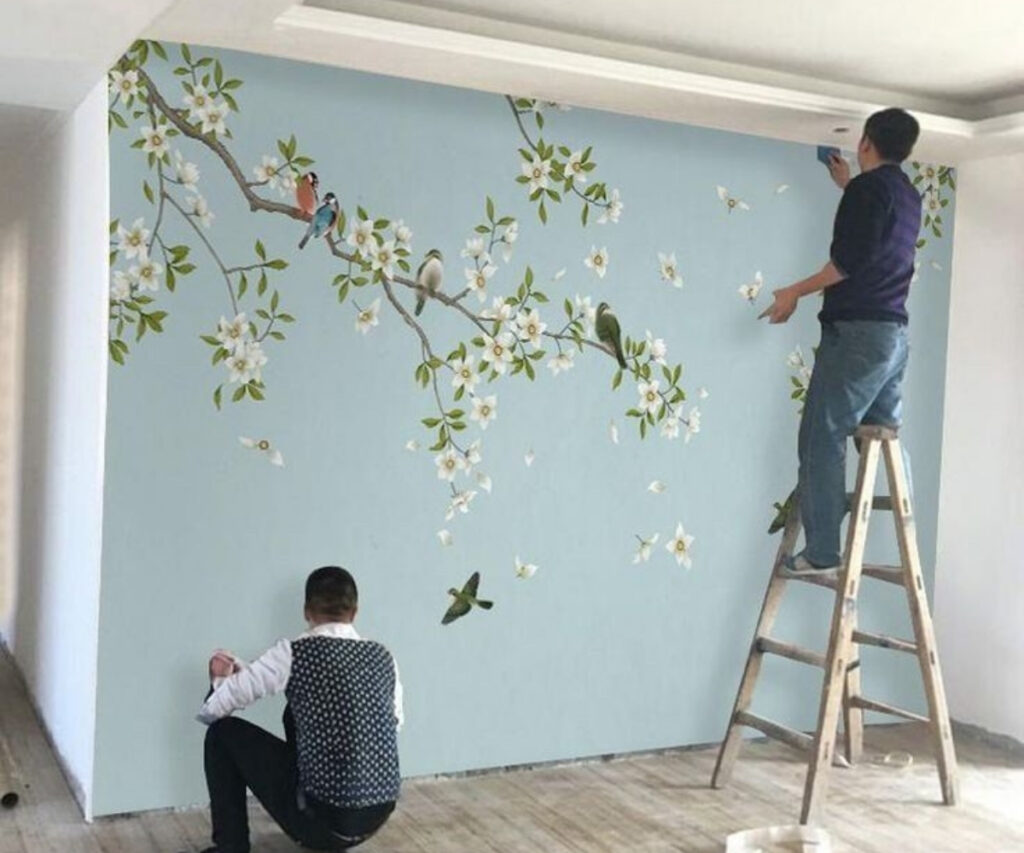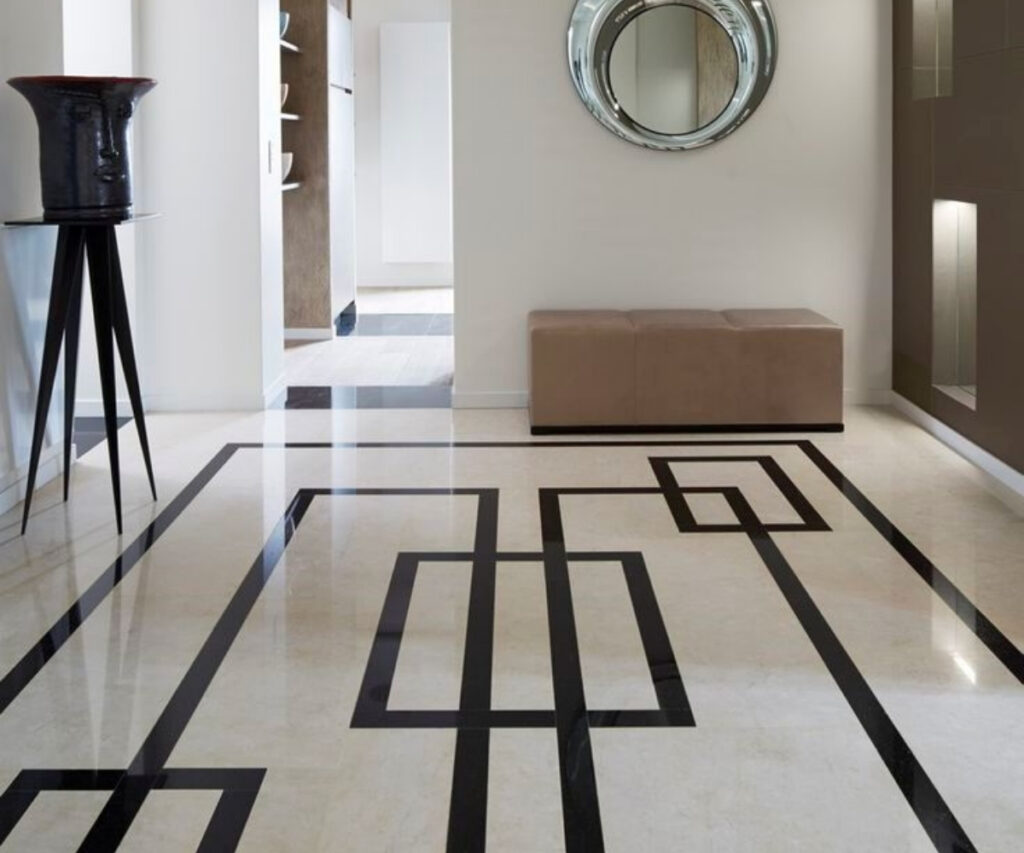House Amenities You Can Skip While Building Your Dream Home
House Features You Can Avoid While Building Your New Home Building a home is an exciting journey filled with choices, dreams, and plans. While it’s tempting to include every possible luxury, not all amenities are practical or necessary—especially if you’re mindful of space, budget, and long-term upkeep. Here’s a guide to some house features you can confidently skip without compromising comfort or functionality. Skip the High-End Kitchen Appliances While top-tier kitchen gadgets look sleek, unless you’re a passionate home chef, they might not be worth the investment. Basic, reliable appliances can serve everyday cooking needs just as well. Plus, going simple leaves room in your budget for other essentials or future upgrades. Think Twice About a Dedicated Home Theater A full-fledged home theater can be exciting for movie lovers, but it may not be the most efficient use of space if it’s rarely used. A cozy media corner in the living room with a good sound system can deliver a similar experience with much less cost and space. Oversized Bathrooms Aren’t Always Necessary Luxurious bathrooms with large tubs and steam showers can seem appealing, but they’re often more expensive to build, clean, and maintain. A well-designed standard bathroom with smart storage and efficient fixtures can be just as comfortable and far more practical. Reconsider the Walk-in Closet Walk-in closets are great, but they’re only truly necessary if you have a large wardrobe. A standard closet with customized storage solutions can be highly efficient and save square footage for other uses in your home. Swimming Pool – Luxury or Liability? While pools can be fun, they’re costly to install and maintain. If swimming isn’t a regular activity in your lifestyle, consider alternatives like a garden or lounge deck. You can always enjoy community pools or fitness clubs with pool facilities when needed. Final Thoughts When building your dream home, focus on what enhances your daily life. Prioritizing functionality over fleeting trends helps in designing a home that’s beautiful, manageable, and tailored to your actual lifestyle. Many features can always be added later if truly needed, but thoughtful planning now will save money, space, and effort in the long run.

